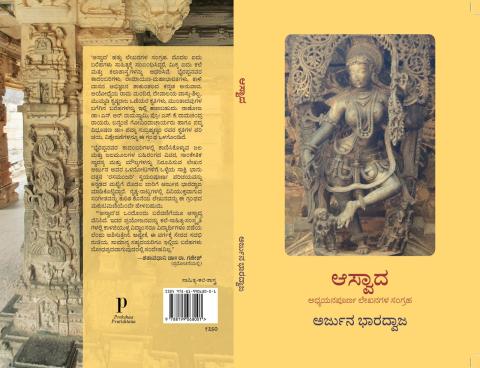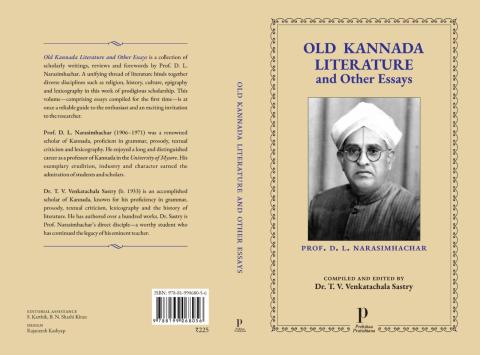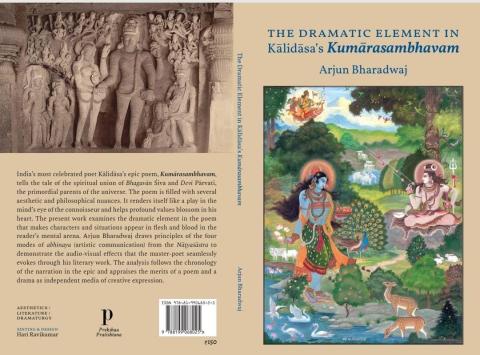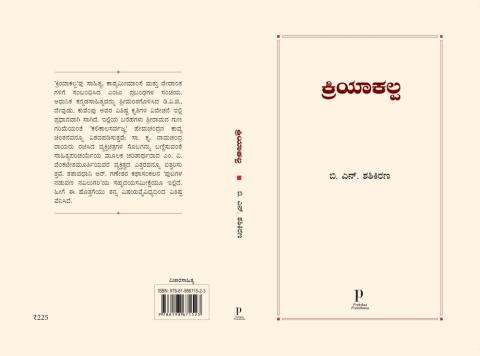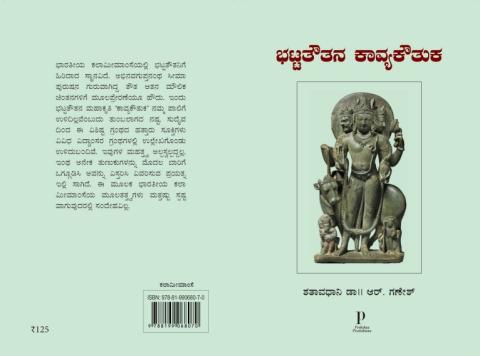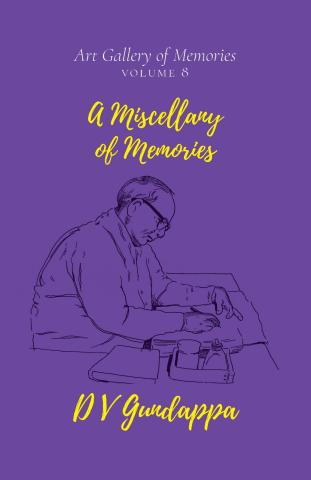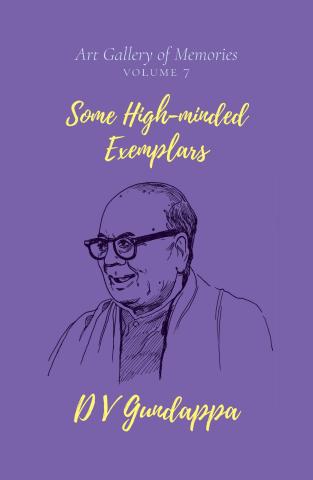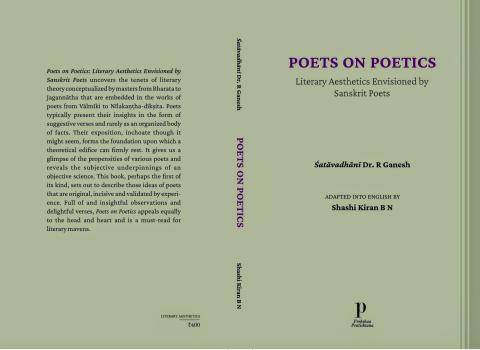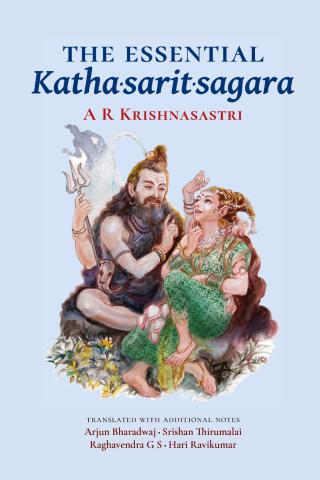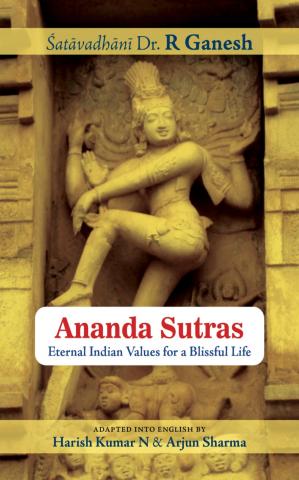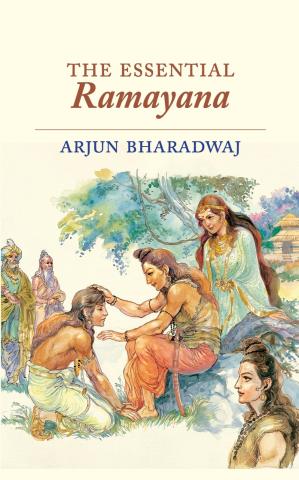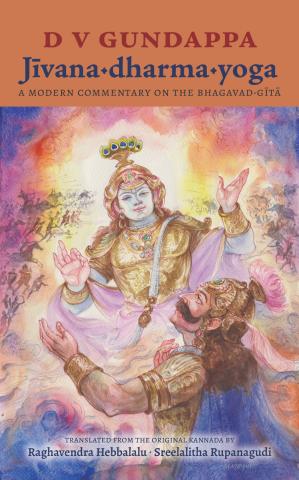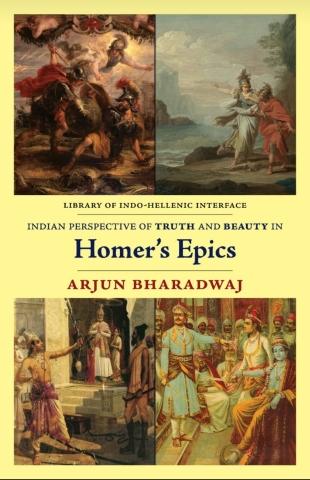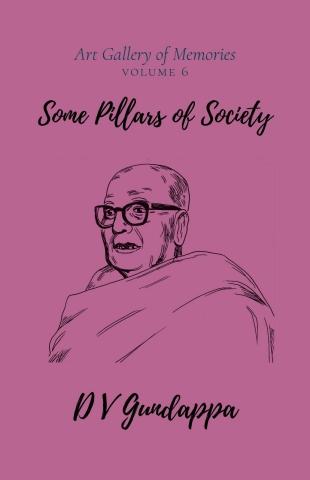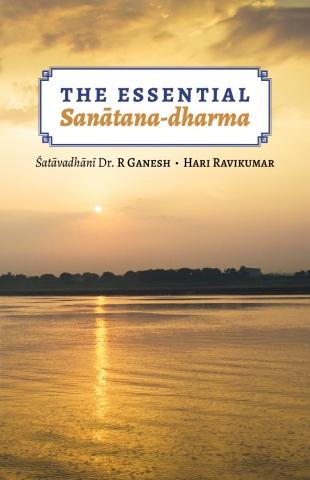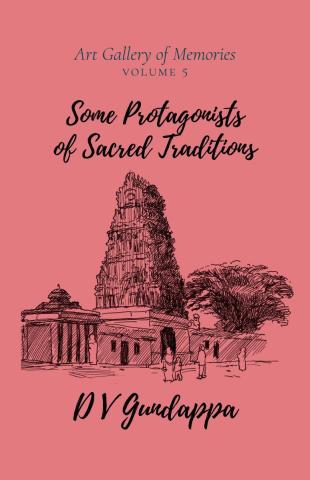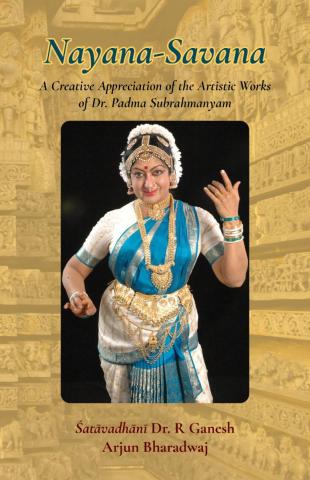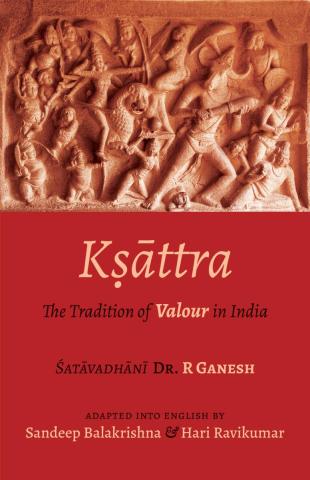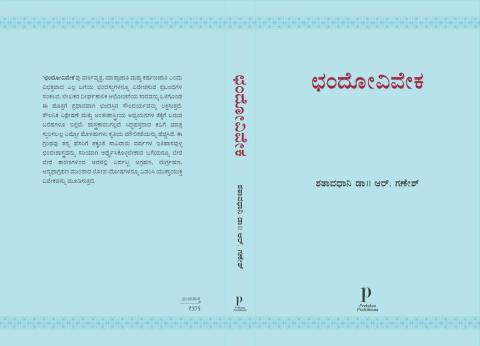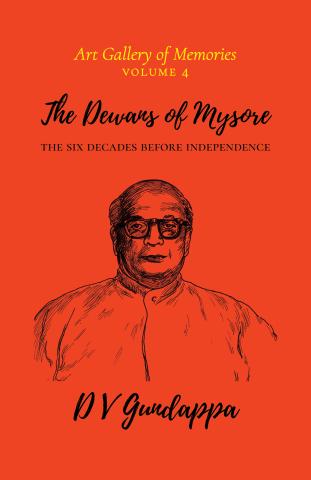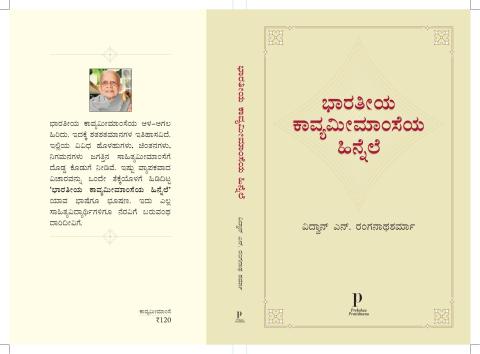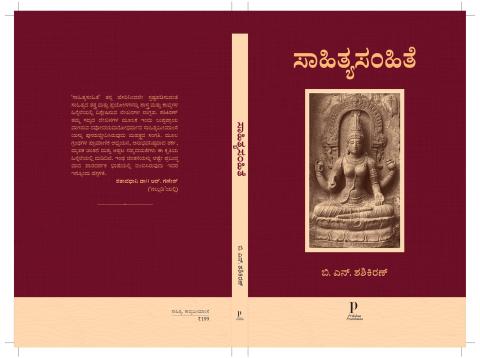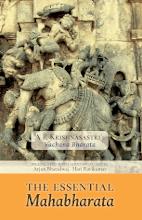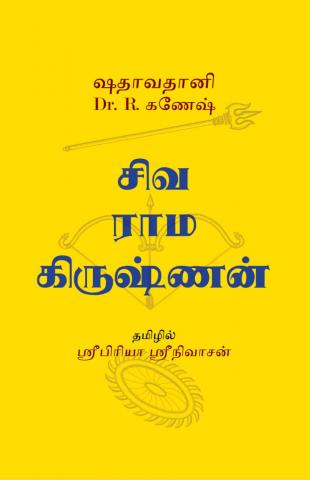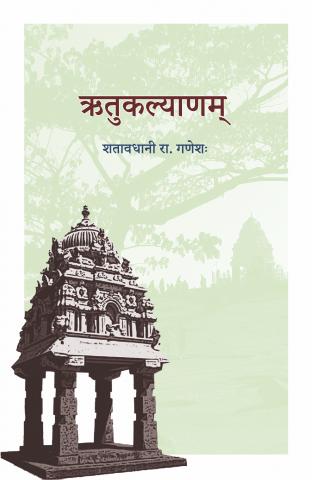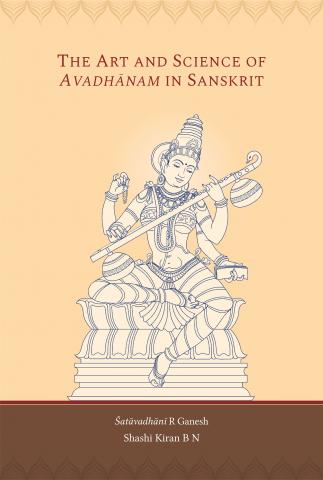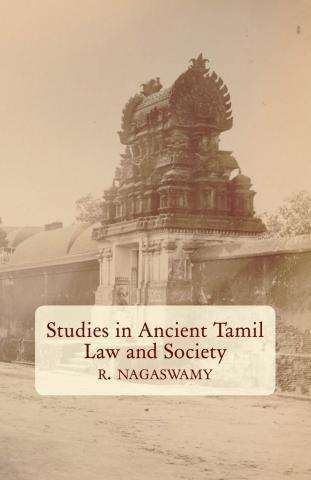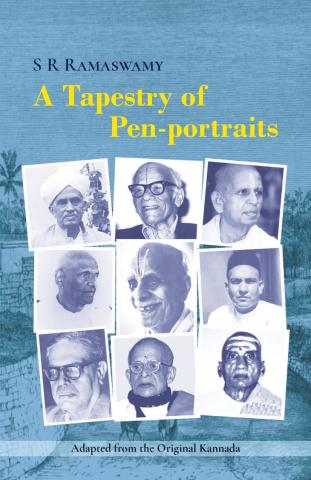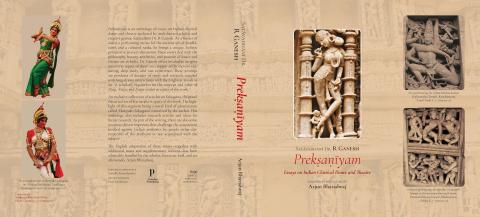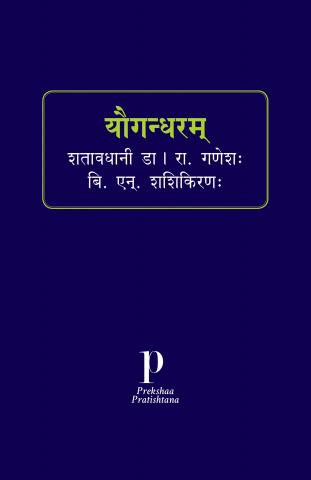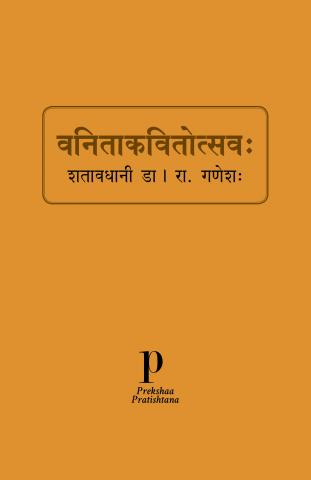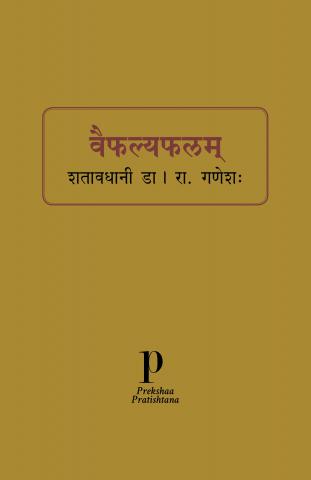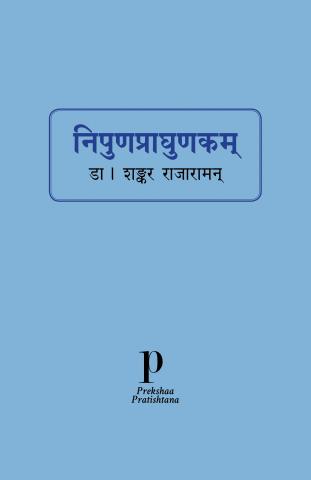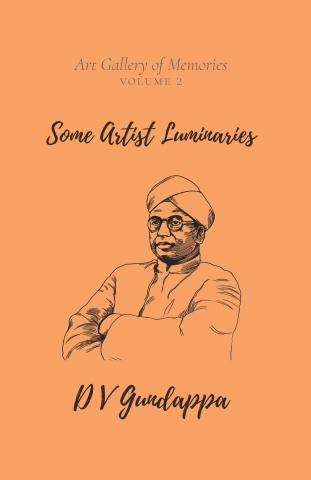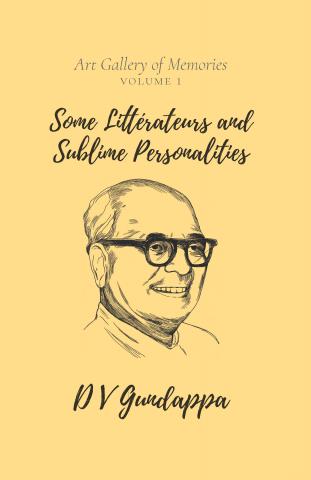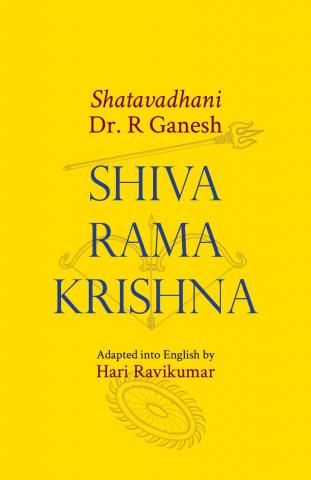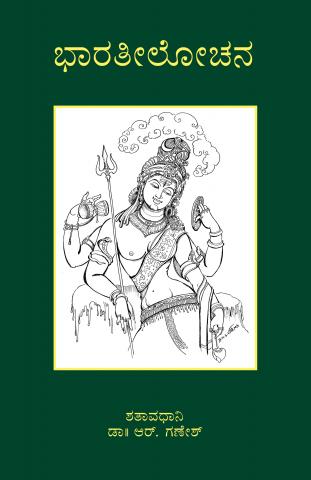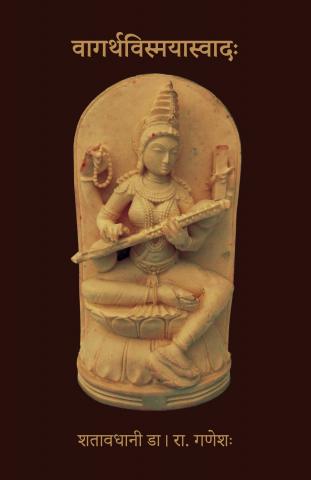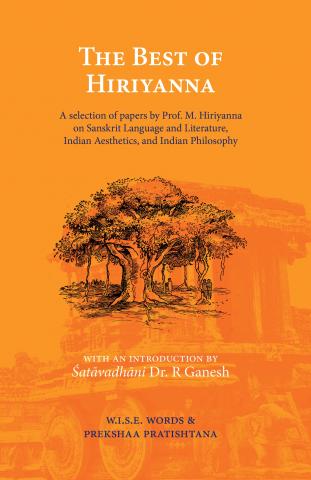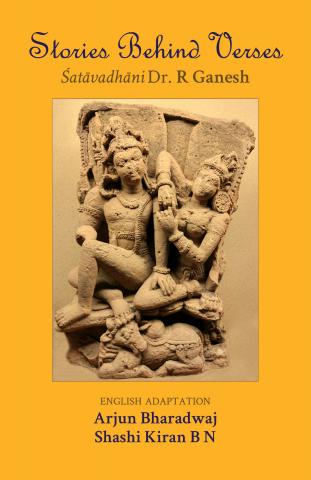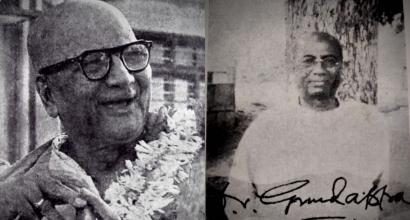We learn the following from a treatise authored by M Gopalakrishnayya, published by the Mysore Electrical Department in 1932 – apparently, during the last decades of the nineteenth century, the possibility of power generation had been shown to the British engineers and there had also been a few bilateral correspondences regarding this between the Resident and a few business organizations. The details of the proposal, however, had not been examined. Realizing the importance of such a project, Seshadri Iyer sent Captain Latbiniere to England and the US in 1899 to acquire complete information about the same. This can be considered as the beginning of the power project’s actual implementation.
Strategizing the execution of the power project after a thorough analysis of its past and the aftermath illustrates Seshadri Iyer’s concern for the welfare of the people. During a time when science had not significantly advanced and when a regressive foreign government was superlatively dominant, achieving such a massive task bears testimony to Seshadri Iyer’s greatness.
Reservoir at Hesaraghaṭṭa
I have witnessed the drought of old Bangalore to a certain degree. It was Seshadri Iyer’s idea to bring water from the Hesaraghaṭṭa Lake to the city of Bangalore. The intense desperation for water that surged time and again inspired this thought in his mind. It was Iyer who took the necessary steps after firmly concluding that the inflow of water through canals from lakes in the outskirts was the only solution. When a guest came home and the host was in doubt as to how he should be treated, it became a common practice with people to say, “Bring some Seshadri Iyer Coffee!” On innumerable occasions I have heard people referring to potable water as ‘Seshadri Iyer Coffee.’ People would say, “We don’t need anything else; first get us some Seshadri Iyer Coffee!”
Mārīkaṇivè
One day, during Visvesvaraya’s term as the Dewan, during the course of our animated conversation, Sheshadri Iyer’s name came up. I said, “The money that Seshadri Iyer invested into Mārīkaṇivè went down the drain!” In response, Visvesvaraya said, “You shouldn’t say so. Seshadri Iyer has accomplished an extremely risky feat. We have to be grateful for that. The futility of the Vani Vilasa Sagara is not Seshadri Iyer’s mistake; it is the mistake of the people. To derive benefit from an enterprise as massive as that, even the people must have some vigour and valiance. How do we inspire such character in the people of Mysore? The Mārīkaṇivè Reservoir region should be divided into ‘blocks’ (‘plots’), orderly supply of water should be facilitated, and diseases such as malaria—caused due to the swamps—should be prevented. These dangers will diminish as people inhabit the place. To begin with, people should come and settle down there. I am wondering what needs to be done to make it happen.”
At present, the Mārīkaṇivè region is in a state of development. People from the Madras region have come here, settled down, and have been growing banana plantations abundantly and reaping its fruit – so I am given to believe. I have heard people in the business say that the banana leaves and green bananas that come to places like Bangalore and Madras are majorly from the Mārīkaṇivè Lake region.
Seshadri Iyer’s Outlook
While describing Seshadri Iyer, Sir William Wilson Hunter, an English scholar and historian, had said, “He gave his head to Herbert Spencer, and his heart to Parabrahman.” According to the esteemed Sir Hunter, Iyer devoted his intellect to the philosopher Herbert Spencer and his entire being to the parabrahma-vastu (Ultimate Truth).
Seshadri Iyer was someone who had realised the harmony between the ancient and the modern. Despite his devotion for the ancient, he never condemned the modern. Despite his admiration for the new, he never neglected the old. The ‘iha’ (Material) needs a scientific bent of mind while he ‘para’ (Spiritual) needs a Vedāntic mindset. Seshadri Iyer had achieved a satisfactory blend of both.
* * *
Seshadri Iyer’s outlook towards democratic administration has already been mentioned before. For those who are active at work, the obligation to listen to another’s suggestion is always a matter of hindrance. For someone who is passionate and proficient, instructions such as: “You ask them,” “Enquire with so-and-so,” and “Consider another person’s suggestion” is like tying a rope around their legs. It is an unnecessary impediment. They won’t tolerate it. Seshadri Iyer was one such individual. His focus was on work. He expected work to progress quickly, without any hassles. This is the reason why he would hasten up the proceedings of the Representative Assembly.
Garudachar
I recollect an incident from a session of the Municipal Council in Bangalore. Around that time, Rao Bahadur B K Garudachar was the President. There wasn’t a single alley in Bangalore he had left untrodden. Before seven o’clock every morning, he would stroll around the nooks and crannies of some region or the other in the city and familiarize himself with that locale. He intimately knew all the potholes, gutters, heaps of sludge, and the inconveniences faced by people in unnamed lanes. And he was competent at work. With his immense experience, he had learnt how inconveniences should be resolved in a time-efficient and cost-effective manner. When he used to chair the Municipal Council as its President, he used to get fifteen to twenty issues resolved every hour. A Councillor would stand up and begin to explain his problem in a slow drawl, “Swamy… in… the… Obayyana Galli…”
BKG would ask, “It is Rangappa who is speaking, isn’t it?”
“Yes.”
“Which item are you at?”
Rangappa said, “I am at issue number 15.”
“We are currently addressing the twenty-fifth issue.”
“Swamy… it has become… very difficult…” continued Rangappa.
Cutting Rangappa short, BKG would say, “You are talking about the clogged water near the tap, aren’t you?”
“Yes, swamy… For a very long time…”
BKG would concluded with: “Go and check it by noon. If it has still not been resolved, return with the subject.”
By the time Rangappa would return and check, the problem would have been resolved.
To be continued...
This is the third part of an English translation of the third chapter of D V Gundappa’s Jnapakachitrashaale – Vol. 4 – Mysurina Diwanaru. Edited by Hari Ravikumar. Thanks to Subramanian K K for his suggestions.




